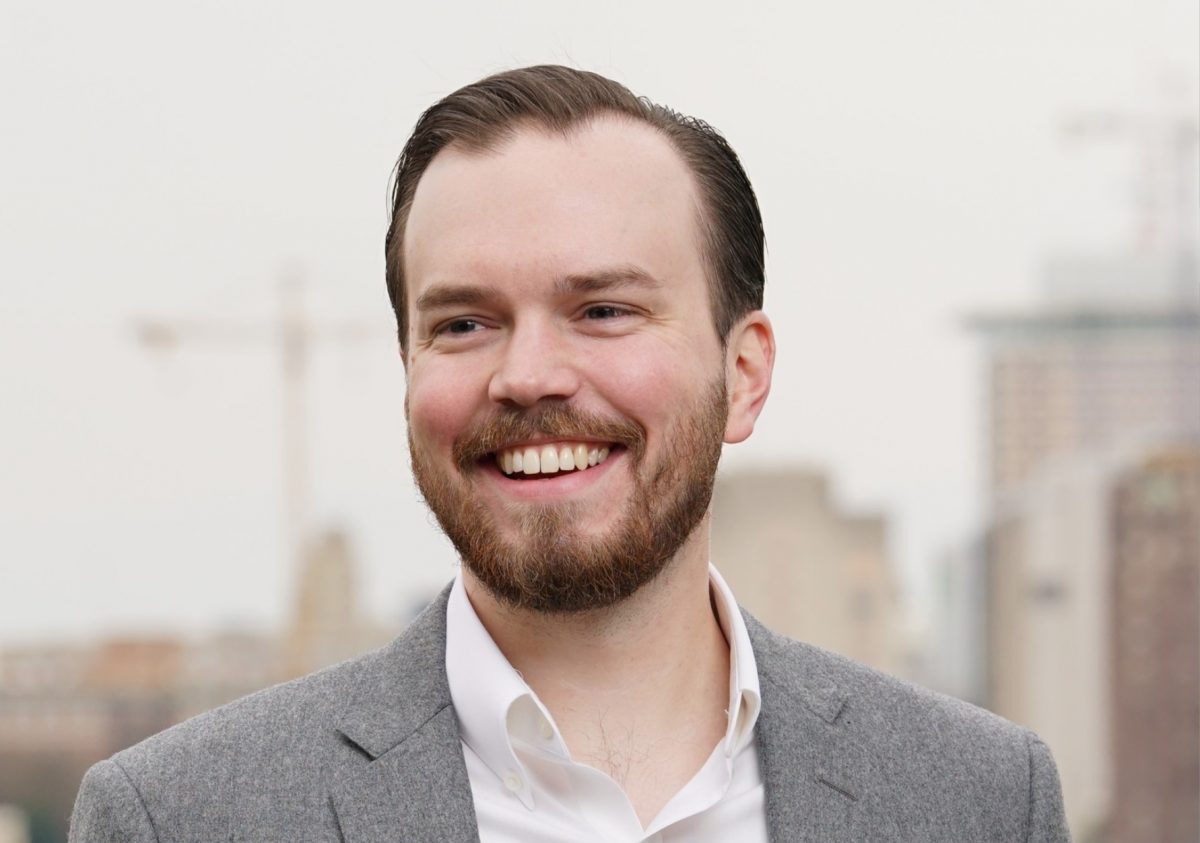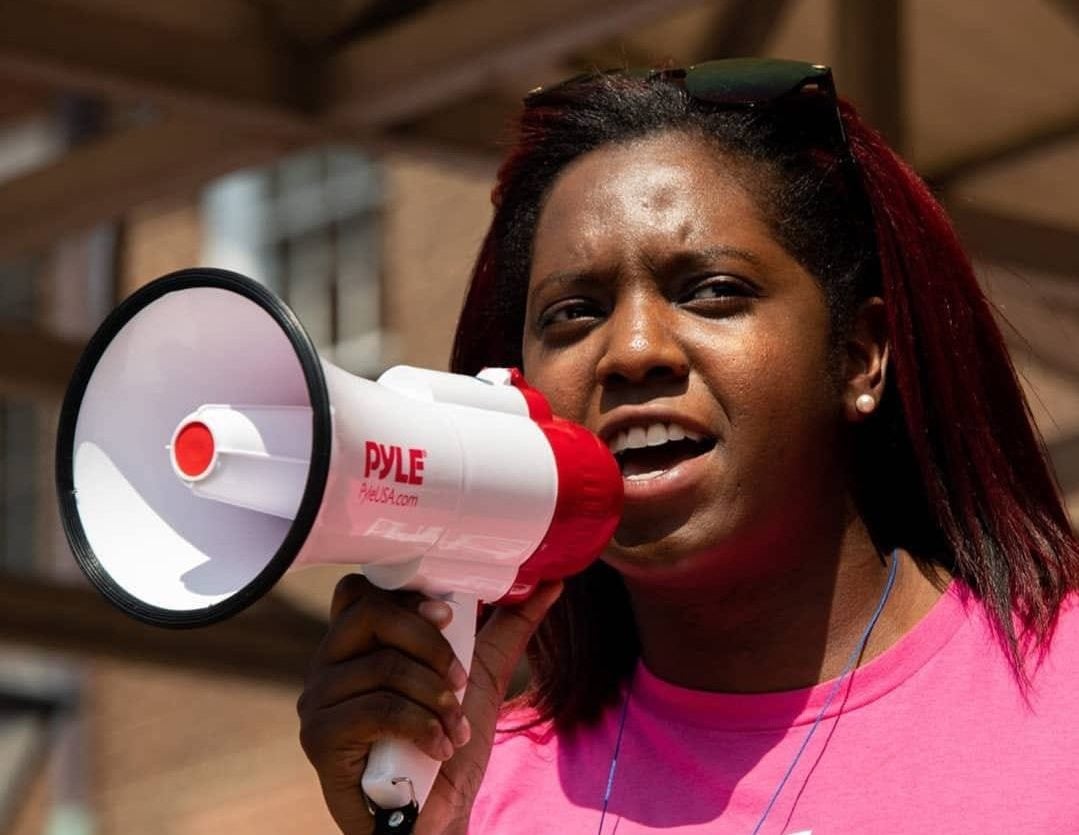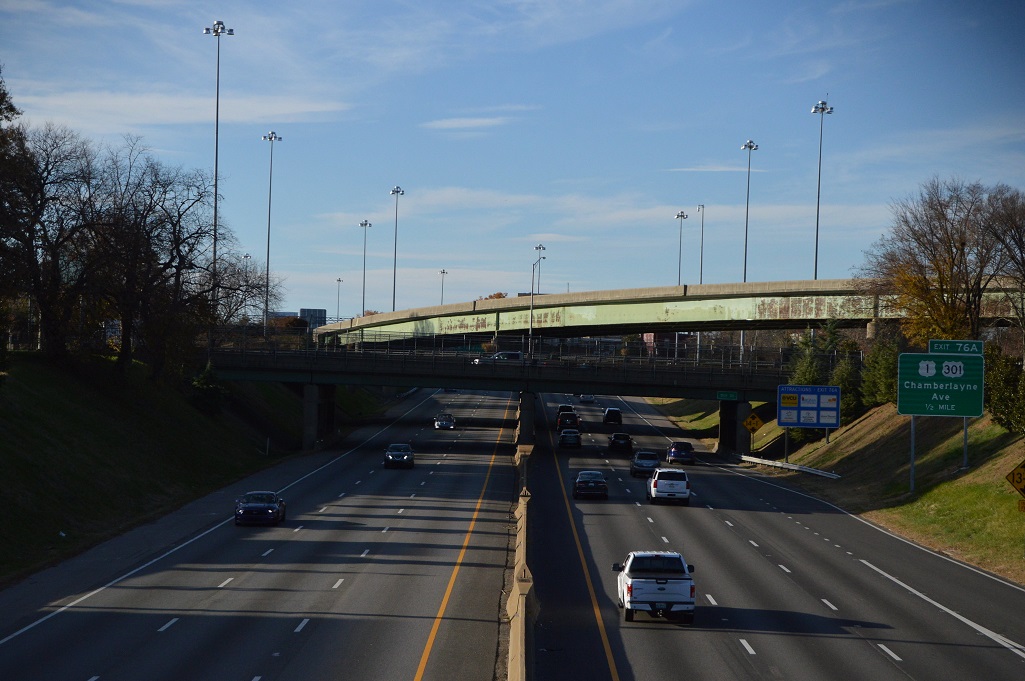Richmond business attorney and activist Justin Griffin is running for mayor of Richmond. RVA Mag spoke to him about his goals and policies ahead of November's election. Justin Griffin is a small business attorney who originally hails from Nashville, but has fallen in...





